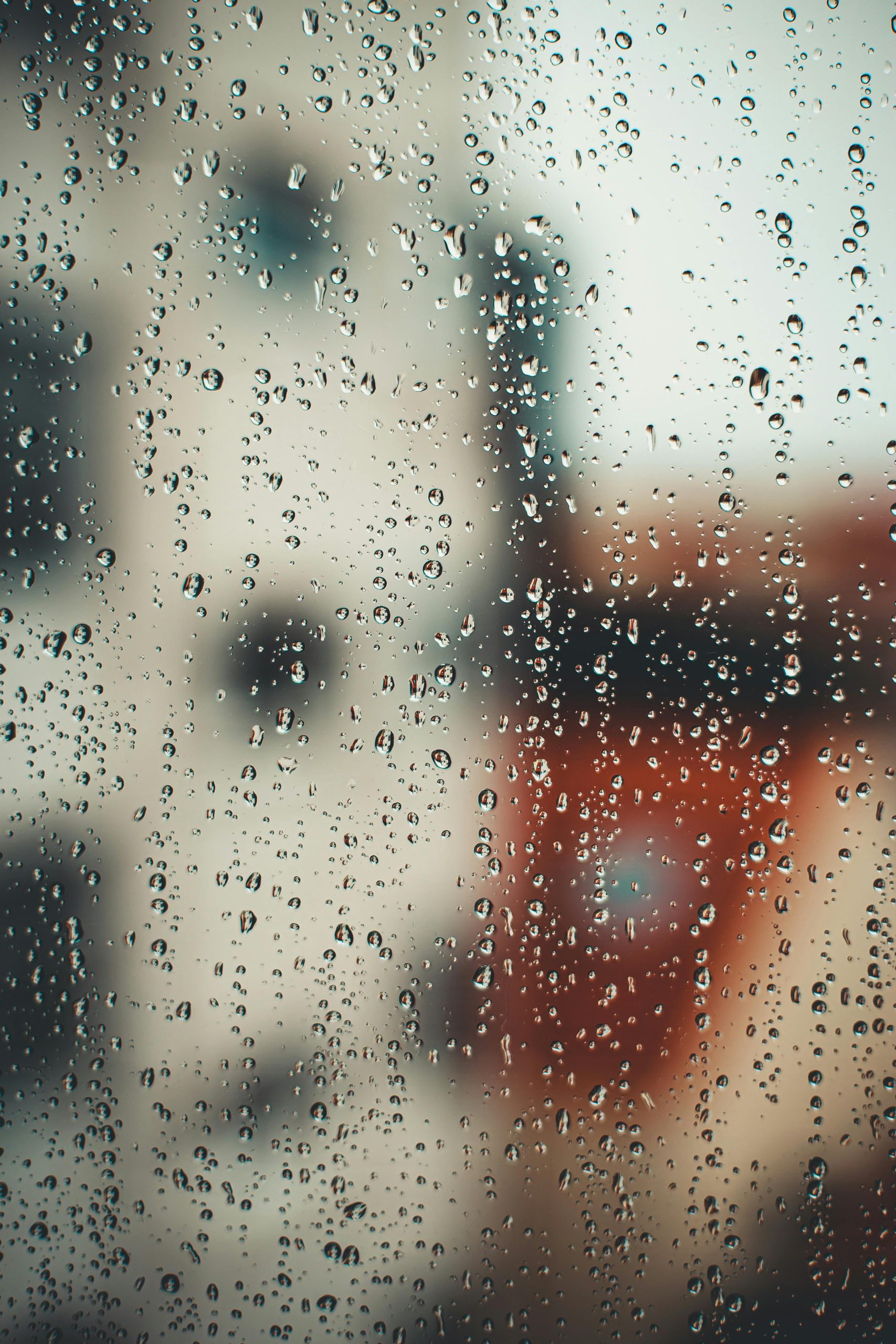Innovative Urban Planning: Embracing Glass Walkways in Rainy Climates
In the realm of urban planning, creativity can lead to fascinating solutions that redefine our daily experiences. Imagine, for instance, a nation recognized for its frequent rainfall. An unconventional yet intriguing idea would be to transform the traditional concrete sidewalks into sleek, polished glass pathways.
This concept offers both aesthetic and functional appeal. The use of glass in urban design could seamlessly blend modern architecture with natural landscapes, creating a visually stunning environment. Additionally, these smooth surfaces could be engineered to maximize drainage, ensuring safety and comfort for pedestrians even in the heaviest downpours.
Embracing this innovative approach requires careful planning and technological advancements, such as incorporating anti-slip coatings and durable materials that withstand weather extremes. With the right balance of safety, design, and practical implementation, glass walkways might well become a defining feature of urban landscapes in regions where rain is a constant companion.


Thoughts from a London Resident on Glass Walkways in Rainy Cities
This idea of replacing traditional pavements with glass walkways is both fascinating and ambitious. Living in London, where rain is an almost daily occurrence, I can see both opportunities and challenges with this concept.
On the one hand, glass walkways could significantly enhance city aesthetics, providing a modern, sleek look that complements urban architecture. With advances in anti-slip coatings and durable materials, safety concerns during wet weather can potentially be addressed effectively. Moreover, these surfaces could be integrated with innovative drainage systems to prevent pooling and reduce hazards.
However, practical considerations are equally important. London’s varying weather—with frequent heavy rain, winter snow, and occasional frost—means that maintenance and longevity are critical factors. Ensuring that the glass remains clean, free of moss or algae, and resistant to cracking over time would be essential for their long-term viability.
Overall, while challenges exist, embracing innovative solutions like glass walkways could redefine our urban environments—making them more dynamic and visually engaging, provided that safety